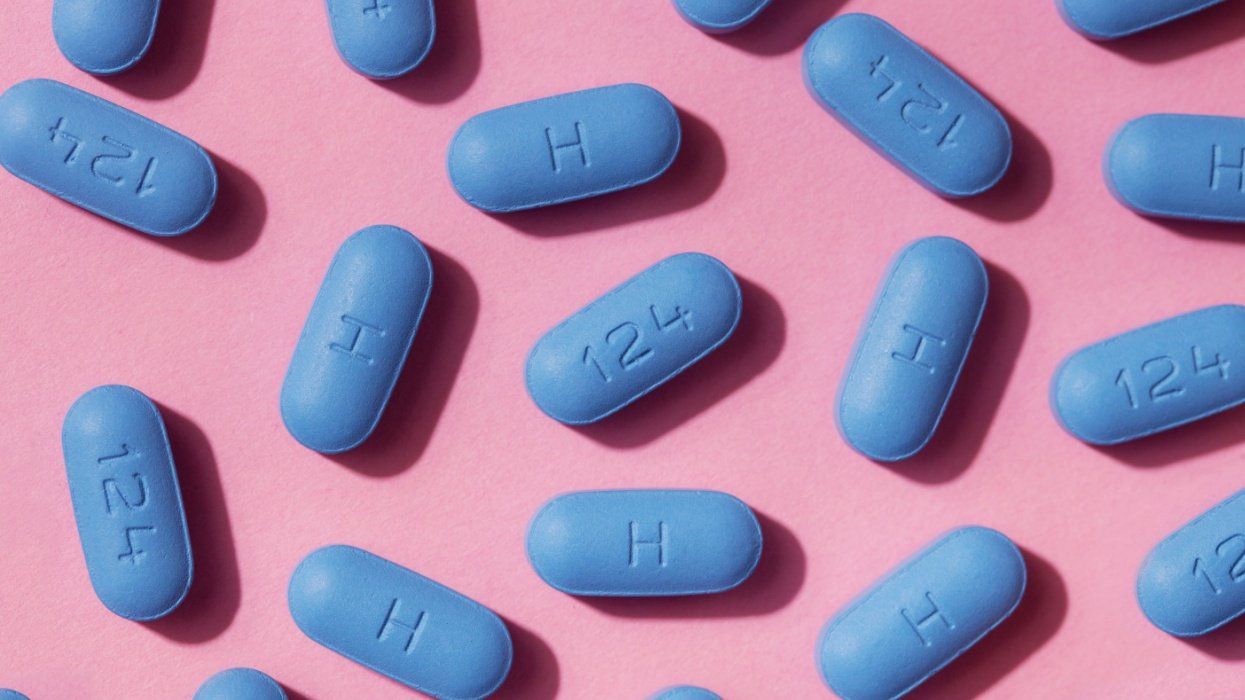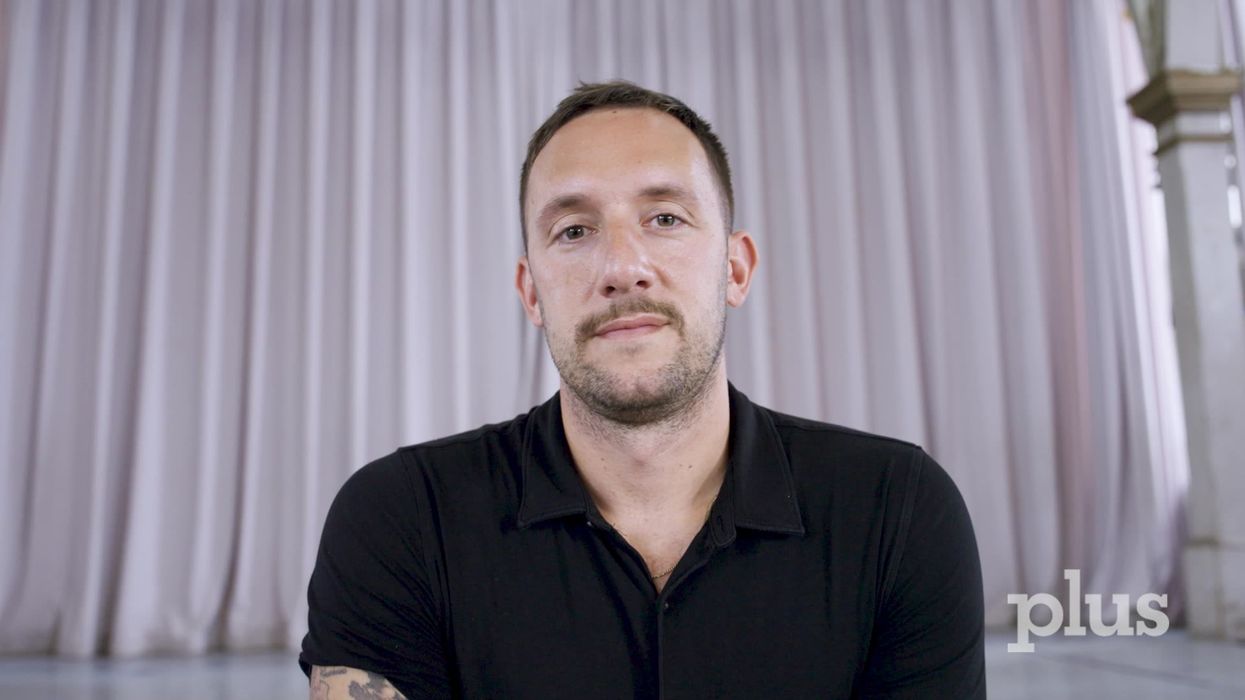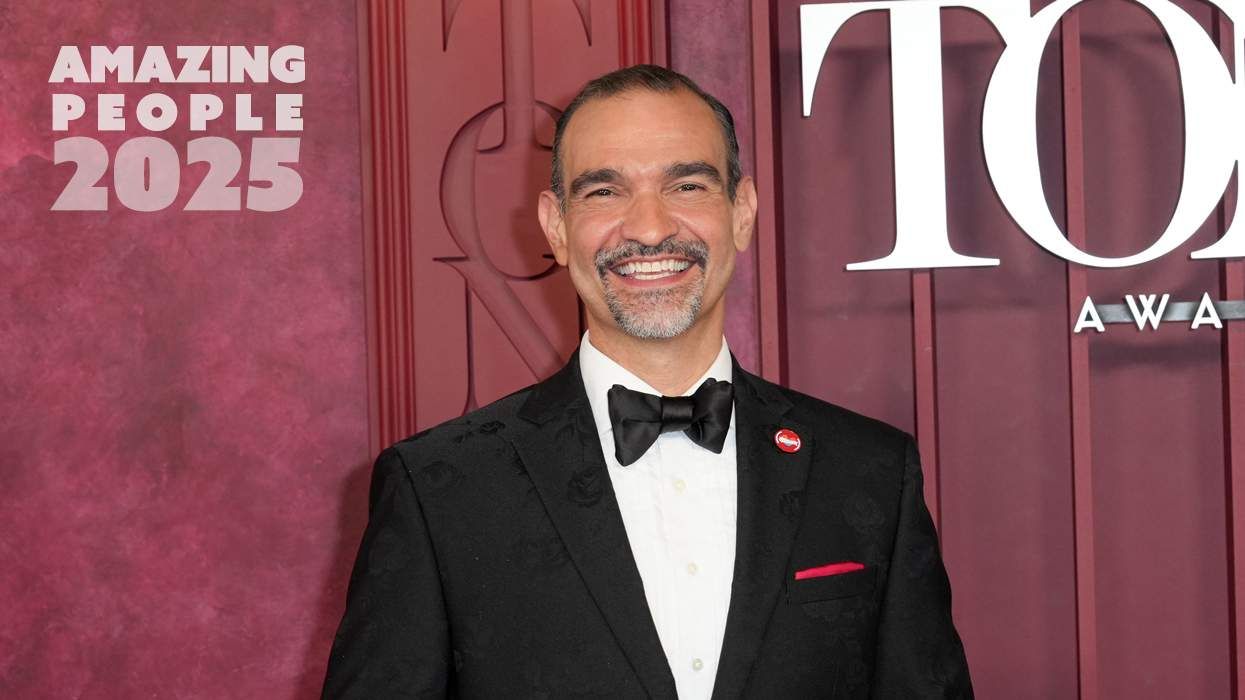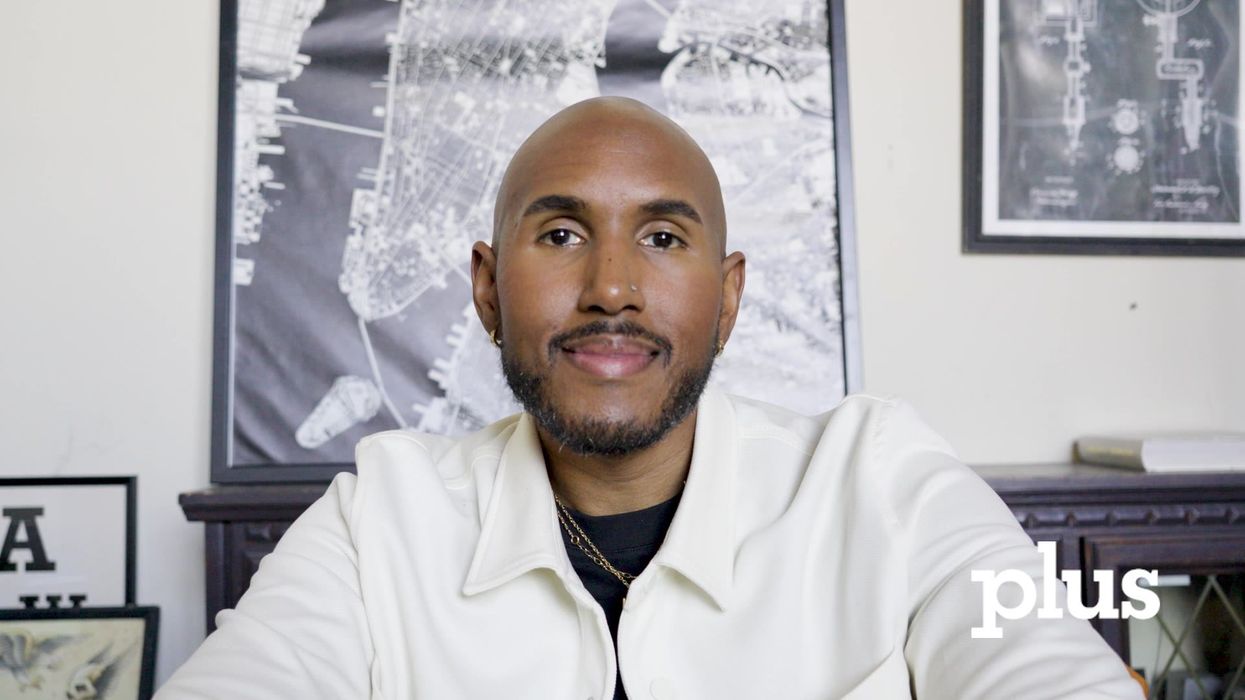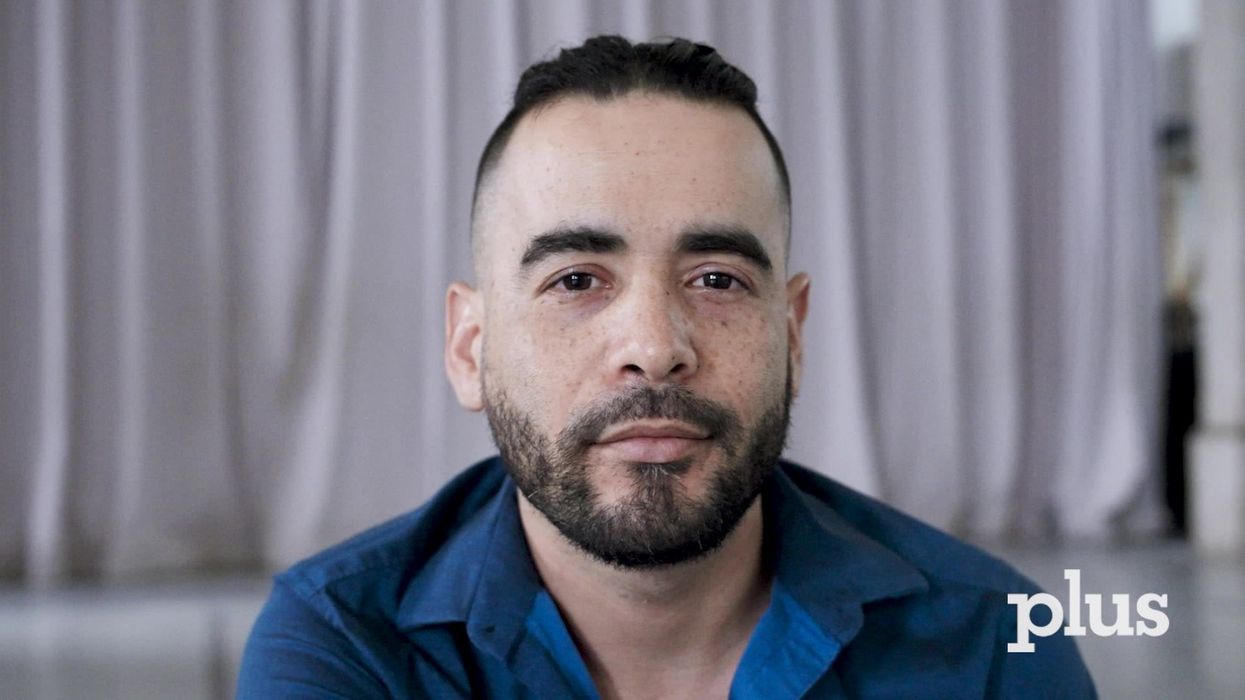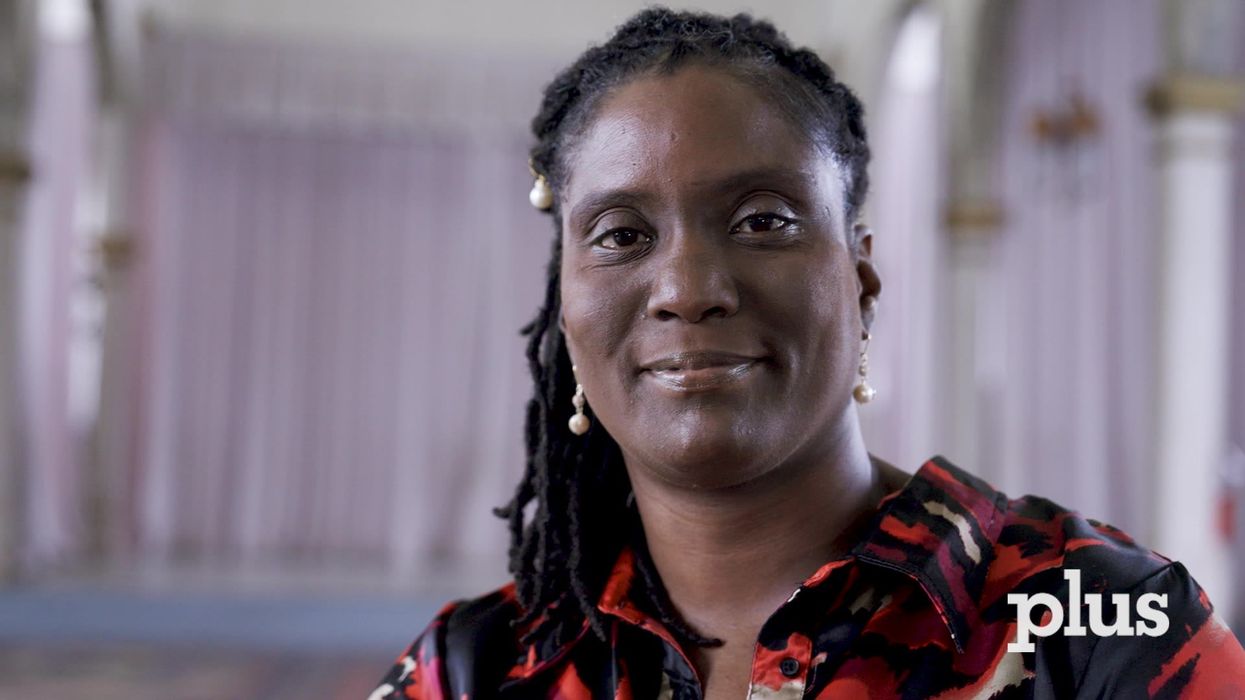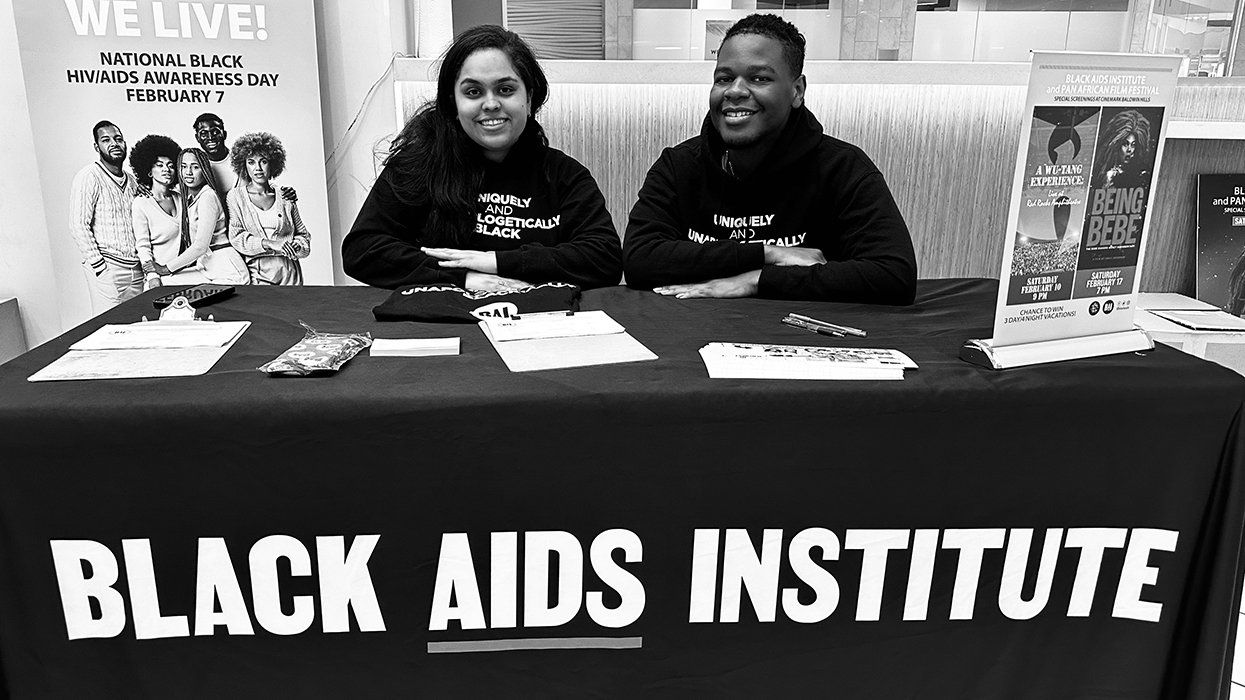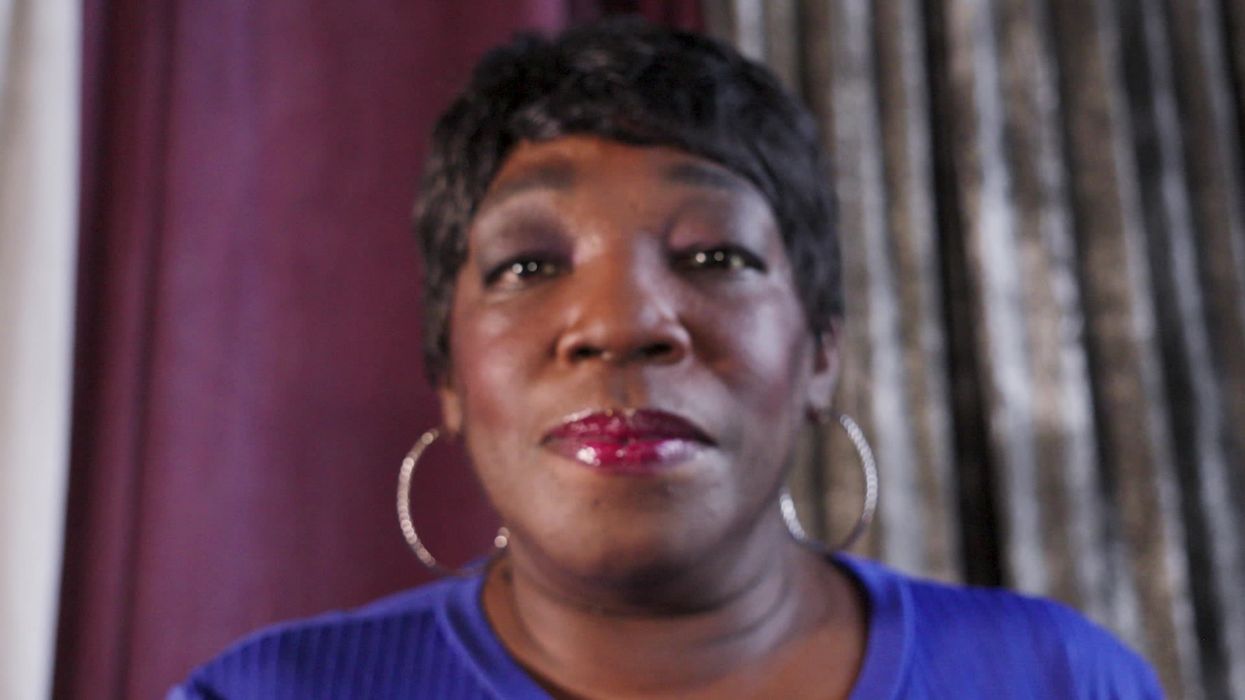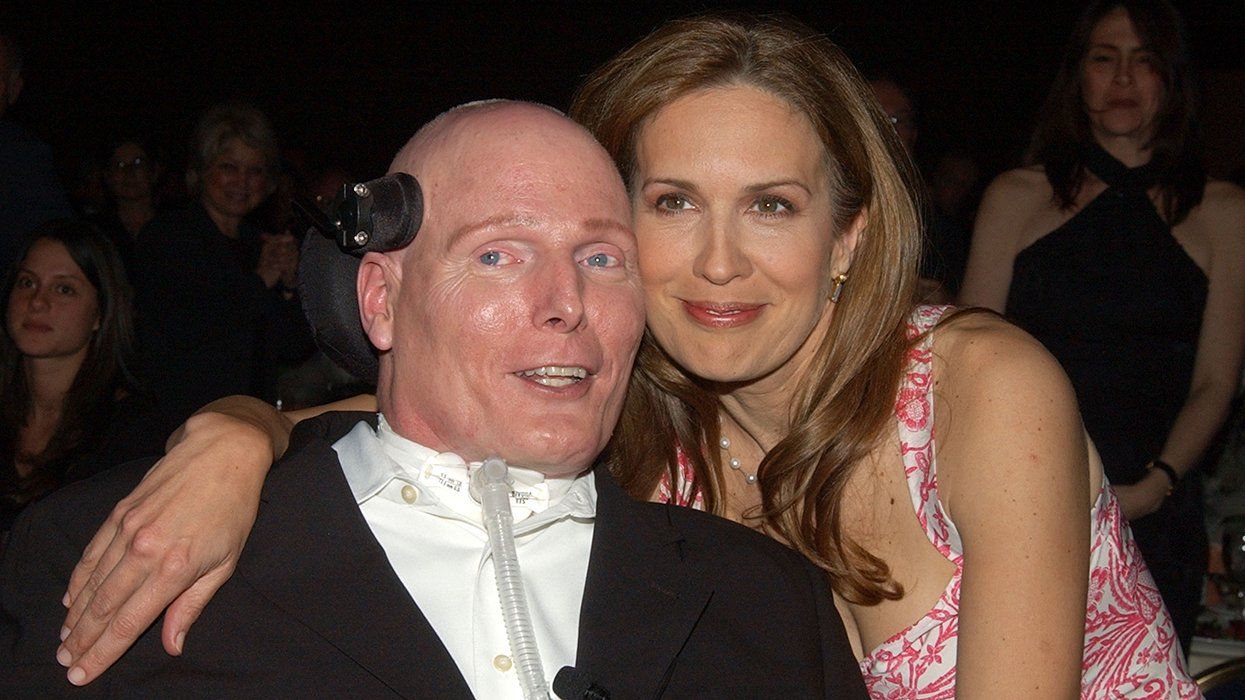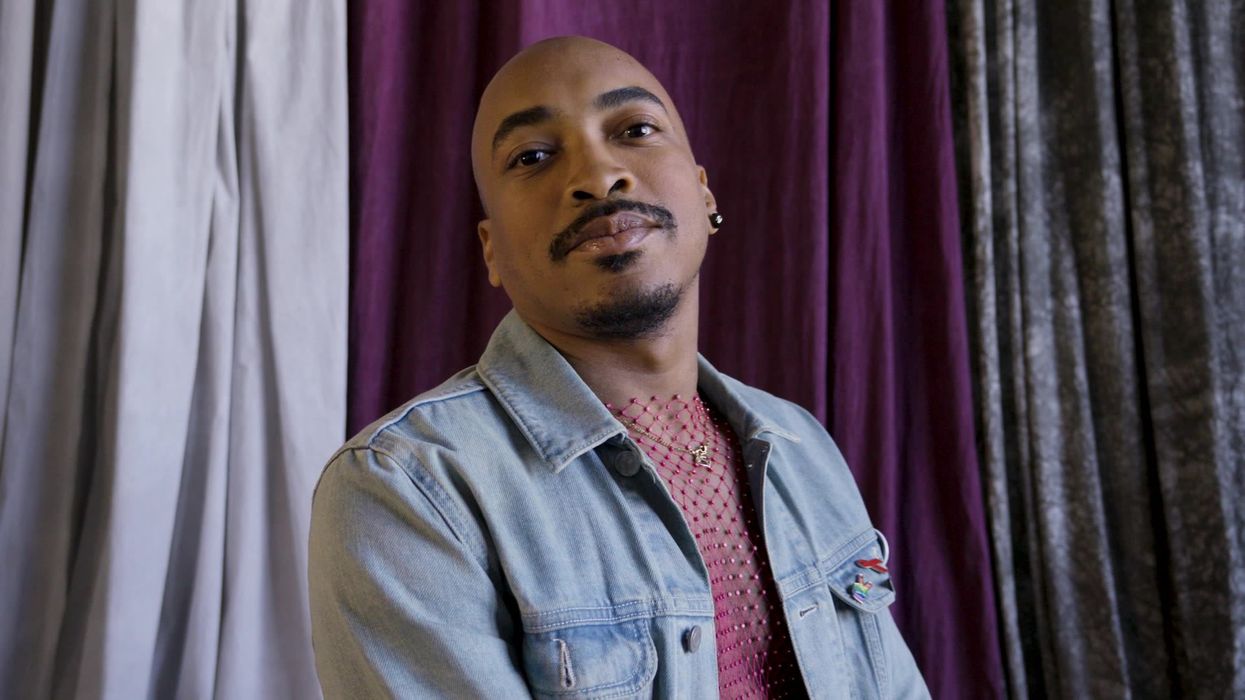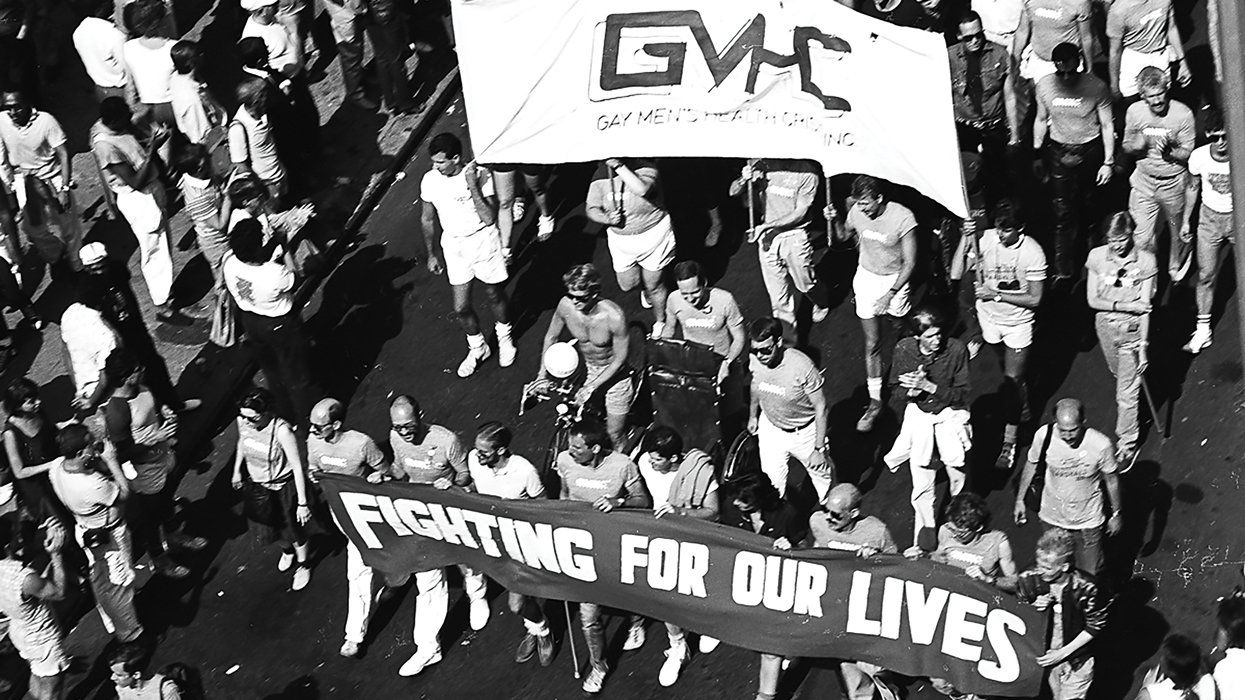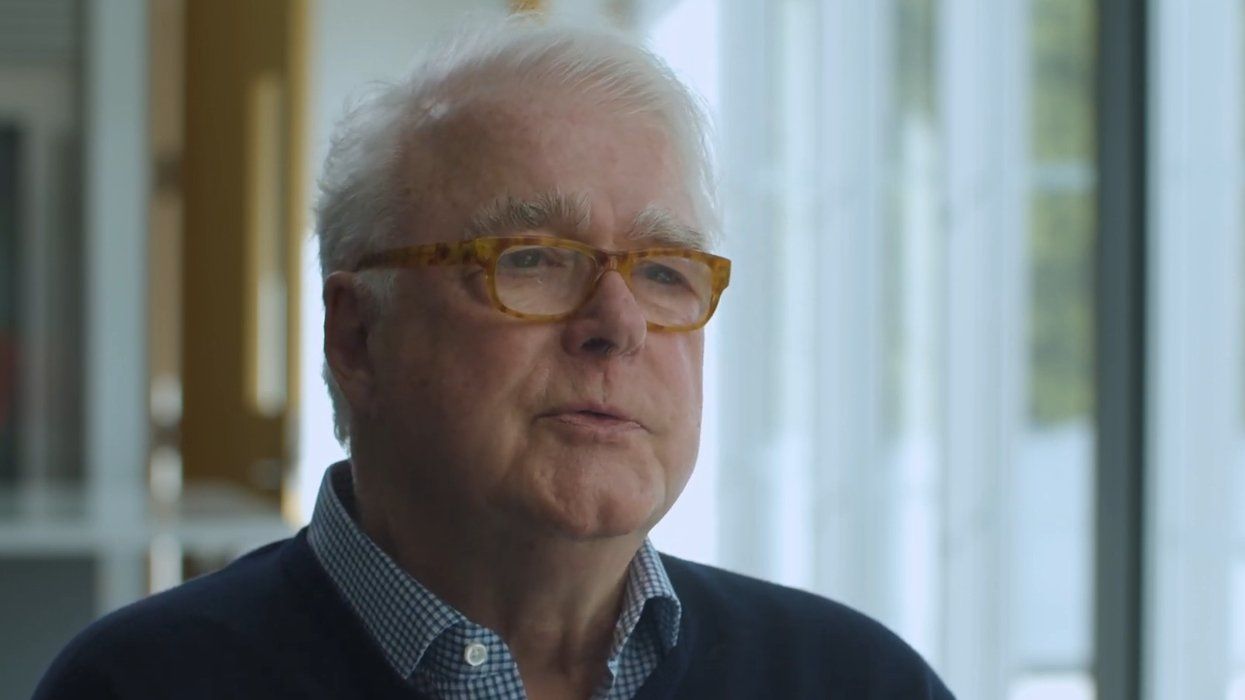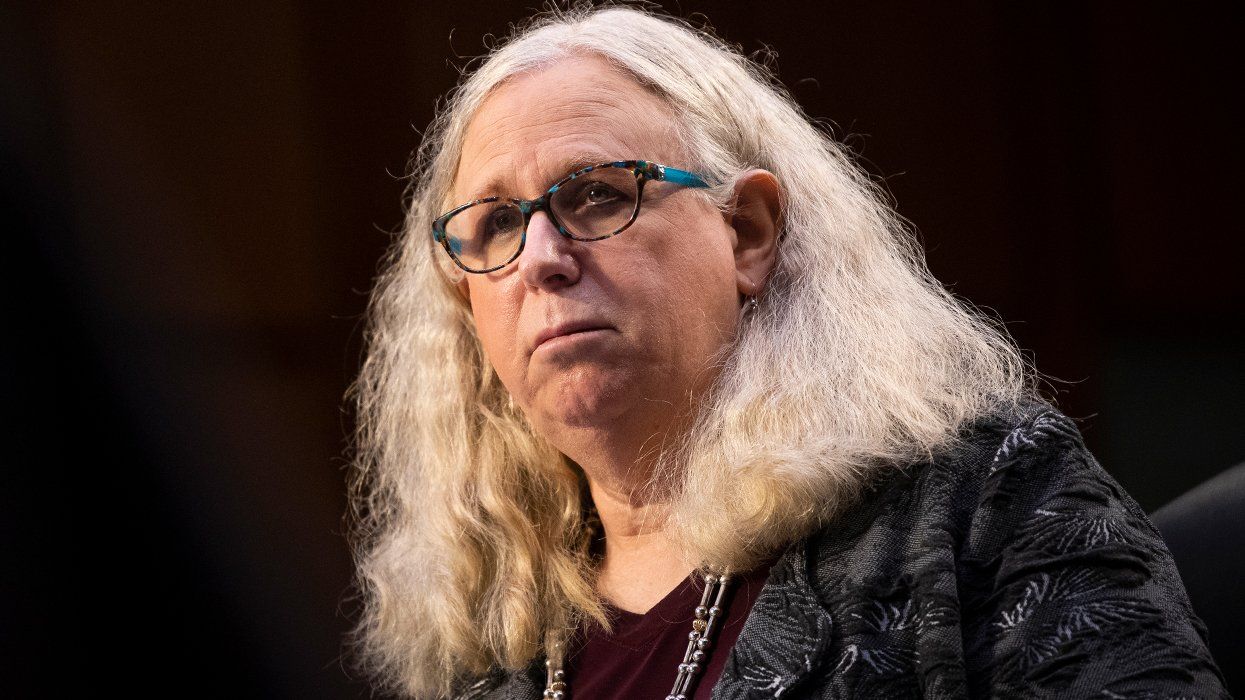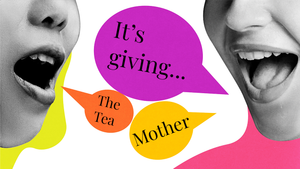
Treatment GuideJust DiagnosedSex & DatingAfrican AmericanStigmaAsk the HIV DocPrEP En EspañolNewsVoicesPrint IssueVideoOut 100
CONTACTCAREER OPPORTUNITIESADVERTISE WITH USPRIVACY POLICYPRIVACY PREFERENCESTERMS OF USELEGAL NOTICE
© 2025 Pride Publishing Inc.
All Rights reserved
All Rights reserved
By continuing to use our site, you agree to our Privacy Policy and Terms of Use.
I spent much of my spare time over the summer not relaxing at the beach but reading and scoring grant proposals that had been submitted for funding to the Children Affected by AIDS Foundation. This was my first venture at taking on such a project. At various times I felt overwhelmed (by the sheer immensity of the task), powerful (realizing the control I held over these organizations' bottom lines), and humbled (both for having been asked to participate as a reviewer and for being able to have such an intimate peek into the magnitude of monetary need that these agencies have). Each faces a unique set of funding obstacles, yet all had a problem that was common among them: the inability to rely as heavily as they had in the past on state and local governments as a source of income. AIDS service organizations nationwide are scrambling in these tough economic times to prepare for their worst fears next year, but some are already feeling it. According to Ana Oliveira, executive director of Gay Men's Health Crisis, 'The economic environment has presented many challenges for GMHC and other organizations. Reduced public and private revenue has resulted in a corresponding reduction in private donations and government funding. This is part of a downward economic trend that began in 2002. This year, GMHC did need to make budget reductions that will affect our ability to meet the expanding needs of our clients. However, we still have been able to steer a steady financial course during these difficult economic times. If the forecast for further economic constraints next year becomes a reality, it is likely that there will be catastrophic consequences in the nonprofit and social services sectors of the economy. In addition, the impact of new cuts in funding on those we serve will be dire.' Another area where funding problems are so obvious is the AIDS Drug Assistance Program, which provides for the cost of medications for uninsured and underinsured individuals. The state-run arms of this program are seeing their worst situations since protease inhibitors were first marketed back in the mid 1990s. But as reporter Benjamin Ryan discovers in this issue's cover story, there are some tactics that ADAPs can use to help alleviate the strain on their budgets. Also in this issue'which marks the fifth anniversary since HIV Plus began publishing'we wrap up our series 'The USA Today,' in which we have been taking regional overviews of the effects HIV has had on the country. We hope you have found this series helpful, especially if others' successes or problems helped you, as patients and caregivers, to adjust your health care plans for the better. We would even enjoy hearing from you about it. So until next time, stay aware and stay well.
From our Sponsors
Most Popular
BREAKING: Supreme Court rules to save free access to preventive care, including PrEP
June 27 2025 10:32 AM
Thanks to U=U, HIV-positive people can live long, happy, healthy lives
July 25 2025 2:37 PM
The Talk: Beyond the exam room
August 13 2025 3:15 PM
“So much life to live”: Eric Nieves on thriving with HIV
September 03 2025 11:37 AM
Plus: Featured Video
Latest Stories
Amazing People of 2025: Javier Muñoz
October 17 2025 7:35 PM
It’s National PrEP Day! Learn the latest about HIV prevention
October 10 2025 9:00 AM
“I am the steward of my ship”: John Gibson rewrites his HIV narrative
September 16 2025 2:56 PM
The Talk: Owning your voice
August 25 2025 8:16 PM
The lab coat just got queer
August 21 2025 10:00 AM
Messenger RNA could be the key to an HIV vaccine — but government cuts pose a threat
August 20 2025 8:02 AM
The Talk: Navigating your treatment
August 01 2025 6:02 PM
The Talk: Starting the conversation
July 25 2025 4:47 PM
How the Black AIDS Institute continues to fill in the gaps
July 25 2025 1:06 PM
“I felt like a butterfly”: Niko Flowers on reclaiming life with HIV
July 23 2025 12:22 PM
Dancer. Healer. Survivor. DéShaun Armbrister is all of the above
July 02 2025 8:23 PM
1985: the year the AIDS crisis finally broke through the silence
June 26 2025 11:24 AM
VIDEO: A man living with HIV discusses his journey to fatherhood
June 10 2025 4:58 PM
Trump admin guts $258 million in funding for HIV vaccine research
June 03 2025 3:47 PM
Grindr is reminding us why jockstraps are so sexy and iconic
May 02 2025 5:36 PM
HRC holds 'die-in' to protest Trump health care cuts
April 28 2025 2:11 PM
Two right-wing Supreme Court justices signal they may uphold access to PrEP and more
April 21 2025 4:10 PM



